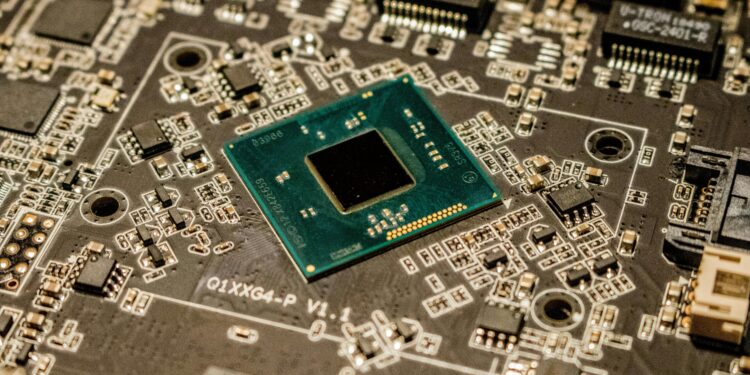Chipmaker’s data center growth disappoints as tariffs and competition weigh on outlook
AMD (AMD) reported its fourth-quarter earnings on Tuesday, surpassing Wall Street’s expectations on both revenue and earnings per share (EPS). Despite this positive performance and an optimistic forecast for the first quarter, the chipmaker’s stock dropped nearly 9% in pre-market trading on Wednesday.
For Q4, AMD posted EPS of $1.09 on revenue of $7.56 billion, slightly beating analysts’ estimates of $1.09 EPS and $7.5 billion in revenue, according to Bloomberg consensus data. However, the company’s data center segment, its largest revenue driver, generated $3.9 billion—falling short of the $4.09 billion expected by analysts. This lackluster growth in the data center business, critical for AI chip development, left investors concerned about AMD’s ability to challenge industry leader Nvidia (NVDA).
AMD’s client segment, which includes PC chips, outperformed expectations with $2.3 billion in revenue versus the anticipated $1.98 billion. Gaming revenue also exceeded forecasts, reaching $563 million compared to Wall Street’s $487 million projection. For Q1, AMD expects revenue between $6.8 billion and $7.4 billion, surpassing analysts’ $7.0 billion forecast.
Despite these beats, AMD’s stock struggles reflect broader challenges. Over the past 12 months, shares have fallen 33%, underperforming Nvidia’s 80% surge but faring better than Intel’s (INTC) 54% decline. Analysts remain cautious, particularly regarding AMD’s slower-than-expected data center growth and its efforts to gain AI market share.
External factors also loom large. The earnings announcement coincided with former President Donald Trump’s imposition of a 10% tariff on Chinese-made goods. While high-end chips are primarily manufactured in Taiwan, broader electronics markets—including servers and PCs—rely heavily on Chinese production. Higher prices from these tariffs could dampen consumer and business spending, potentially impacting AMD’s sales.
Additionally, Trump’s suggestion of future tariffs targeting semiconductors could further disrupt the industry. While aimed at encouraging domestic manufacturing, such measures could raise consumer prices for years, given the lengthy process required to build new chip facilities.
As AMD navigates competitive pressures and geopolitical challenges, investors will closely watch its progress in the AI chip space and its ability to maintain growth in an evolving market landscape.
You might like this article:Spotify Surges After Reporting First Full-Year Profit











